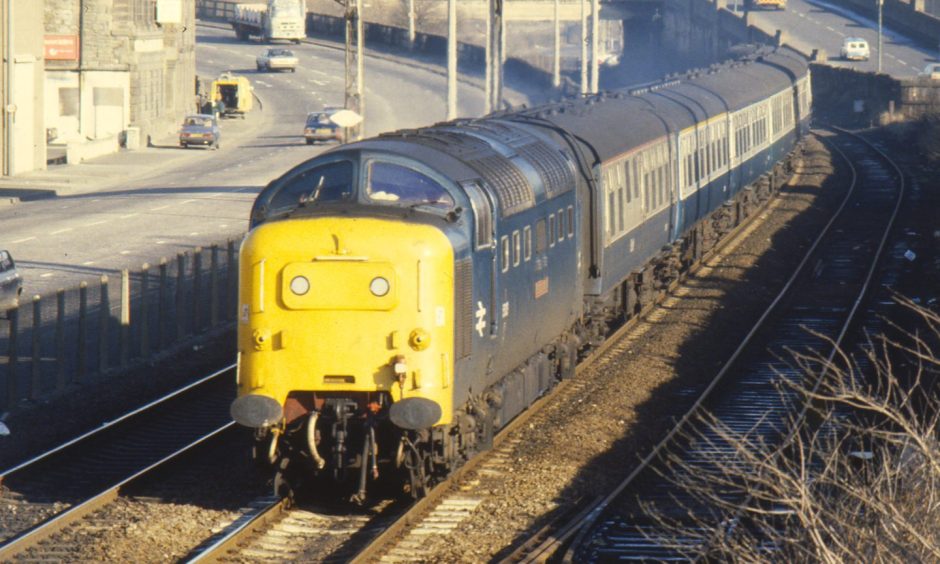
If there was ever a regiment that deserved to have not one but two locomotives named in its honour, it is surely The Black Watch.
The first was named in 1927 when steam ruled the railways.
Royal Scot Class was the flagship steam locomotive of the London, Midland and Scottish (LMS) Railway Company at the time.
The engine pulled express trains from London to Glasgow.
Number 6102 was built by the North British Locomotive Company in Glasgow.
It was painted in LMS red livery and named Black Watch in honour of the regiment, which first saw action at Fontenoy in 1745.
Black Watch was rebuilt over the years, getting a tapered boiler, a double chimney, and a pair of smoke deflectors, all of which helped improve its performance.
The steam to diesel transition in the 1950s
Nationalisation and the formation of British Railways in 1948 brought with it the beginnings of the transition to diesel and electric traction.
Black Watch was repainted from LMS red to BR green.
BR carried out a series of main line tests with a prototype Deltic that had been built by English Electric at a cost of around £250,000.
The Deltic had two engines and was much more powerful than its predecessor.
It turned out to be a winner.
From then on the writing was on the wall.
Black Watch was retired in 1962 and scrapped.
A fleet of 22 Deltics, numbered from D9000 to D9021, were built between 1961 and 1962 at Vulcan Foundry at Newton-le-Willows in Lancashire.
They cost £100,000 each.
The Deltics made a distinctive thundering noise at a speed of 100mph and were introduced to replace 55 steam locomotives on the East Coast Main Line.
Eight of the Deltics were based at Haymarket depot in Edinburgh and the others were shared between Finsbury Park and Gateshead.
D9013 was one of eight based at Haymarket.
The Haymarket locos would be named after Scottish regiments.
Dundee West was ideal platform for Black Watch locomotive
D9013 was painted in BR green livery and named The Black Watch in a colourful ceremony at Dundee West Station in January 1963.
It was the ideal platform to mark the city’s illustrious links to the famous regiment.
A guard of honour of 18 men with the pipes and drums of The Black Watch were present at the unveiling of the name plaque in the regimental tartan.
Major General Robert Keith Arbuthnott named the locomotive.
He was the honorary colonel of The Black Watch.
He said Dundee couldn’t have been a better choice for the ceremony because there wasn’t a town in Scotland that had more men serving in the regiment.
The Black Watch travelled 100 yards up the platform.
The bagpipes played Highland Laddie.
Fintry war veteran was in the cab
The diesel halted and returned to the crowded section of platform 3 where more than 70 guests waited, including Dundee Lord Provost Maurice McManus.
BR Scottish Region General Manager James Ness presented Viscount Arbuthnott with the name plate from the steam engine that was scrapped in 1962.
It was presented to the regimental museum.
The driver was George Allan.
The Dundonian was the perfect choice to be in the cab.
George lived in Fintry and served with the Sixth Battalion from 1939 until 1946 in Belgium, France, North Africa, Egypt, Italy and Greece.
He was presented with a picture of the Queen Mother and a Black Watch tie.
The Queen Mother was the regiment’s colonel-in-chief.
The Black Watch left for Edinburgh after the naming ceremony and pulled the 4pm Talisman to London King’s Cross, which became her normal line.
The photographs which capture this event were shared by the Angus Railway Group.
The Black Watch made rail history in 1973
The Deltics gained a popularity unmatched by any other diesel locomotive in the world.
The Black Watch made headlines in May 1973.
The locomotive pulled the Flying Scotsman passenger train when it inaugurated the fastest-ever rail service between Edinburgh and London.
It covered the 393-mile journey in five hours and 28 minutes.
The train averaged 71.4mph for the trip with a top speed of 102mph.
Extensive track and signalling modernisation raised the speed limit on 80% of the East Coast Main Line and allowed the Deltics to give their best performance.
But the sun was already setting on the Deltic era.
The prototype InterCity 125 set a world diesel speed record of 143mph in June 1973.
The first InterCity 125 service was introduced between Cardiff, Bristol and London in October 1976 and was extended to other major cities over the next two years.
The 125 was seen for the first time on the Forth Bridge in April 1978.
A three-day Scottish tour called at Dundee, Aberdeen, Inverness and Perth.
Following the introduction of full InterCity 125 services, the Deltics were gradually relegated to secondary duties and began to haul semi-fast trains.
Most put in regular appearances through Dundee – including The Black Watch.
The Black Watch was scrapped in 1982
The Black Watch was transferred to York depot in May 1979 and the withdrawal of the Deltic fleet began in January 1980.
There were 11 in service at the end of 1981.
The Black Watch was the first of the survivors to go.
She suffered engine failure at Wood Green on the Peterborough to King’s Cross service in December 1981.
The Black Watch made her final journey in tow.
The Deltic fleet withdrawal was completed by January 1982.
Over 20 years they worked the best expresses out of King’s Cross and brought the cities of Scotland and England closer together than anything before them.
It was the end of an era.
The Black Watch was sent to Doncaster Works and cut up.
Five Deltic name plates and one Deltic locomotive went under the hammer in one of Christie’s railway sales at its London showrooms in December 1982.
The Black Watch name plate was sold for £950.
The reserve price of £10,000 for the Tulyar locomotive was not met.
It escaped the cutter’s torch and was among six of the fleet saved for preservation.
The revival of The Black Watch
The Black Watch returned from the dead in 2023.
Alycidon took on the temporary identity of its scrapped classmate on UK Railtour’s The Coronation Deltic to celebrate the 100th birthday of Harry Wilson.
Harry drove Deltic locomotives along the East Coast Main Line from the late 1960s.
The Black Watch was his favourite.
No wonder.
Such was its fame it even had its own Hornby replica.
Harry and his family joined the tour at York for the final stretch to Scarborough.
It made his day.
He died a month short of his 101st birthday.
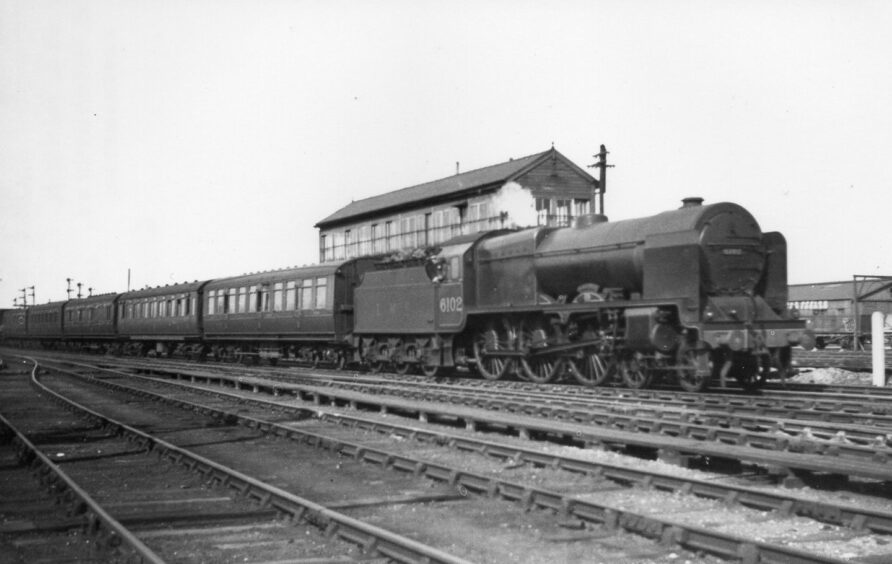
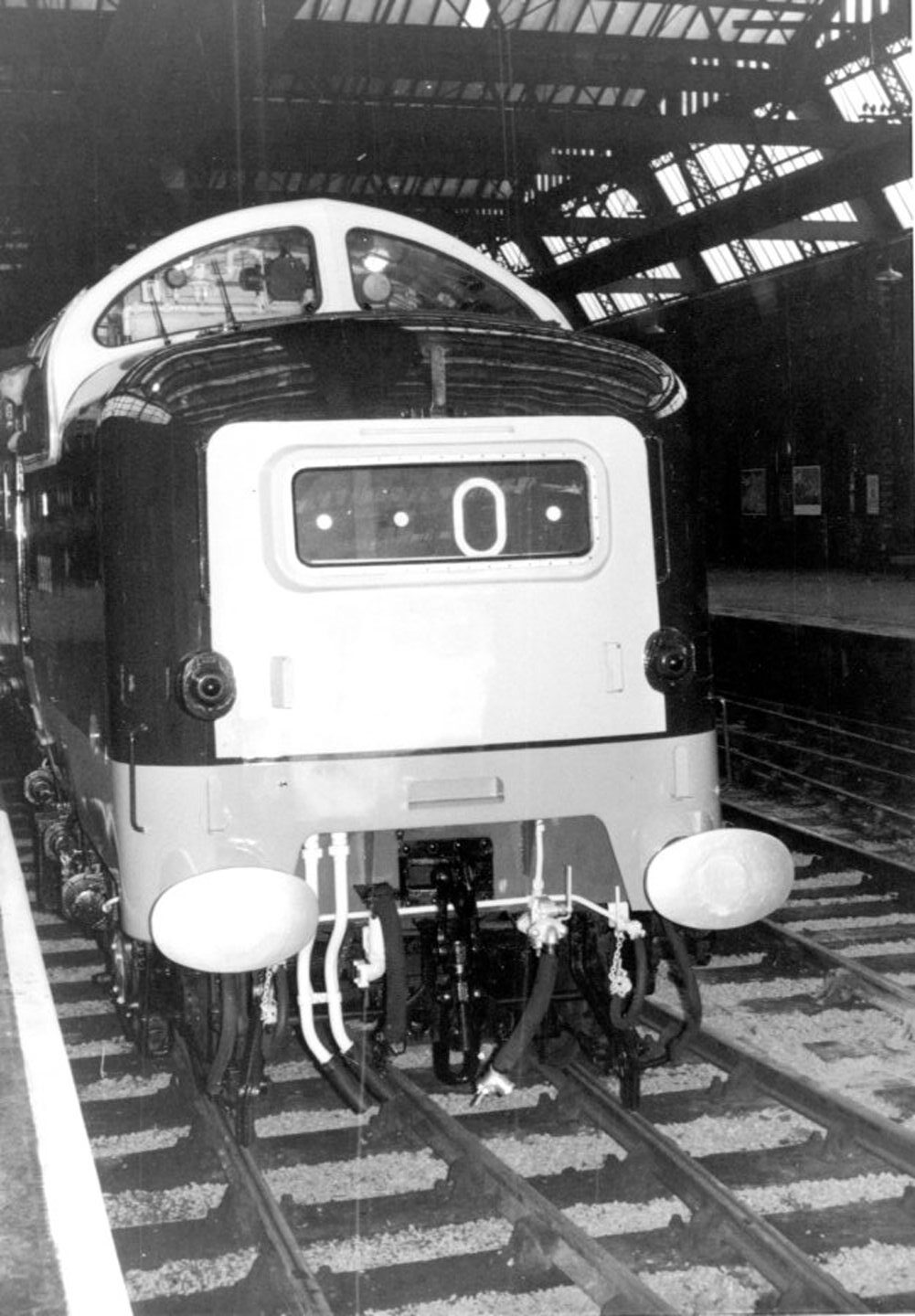
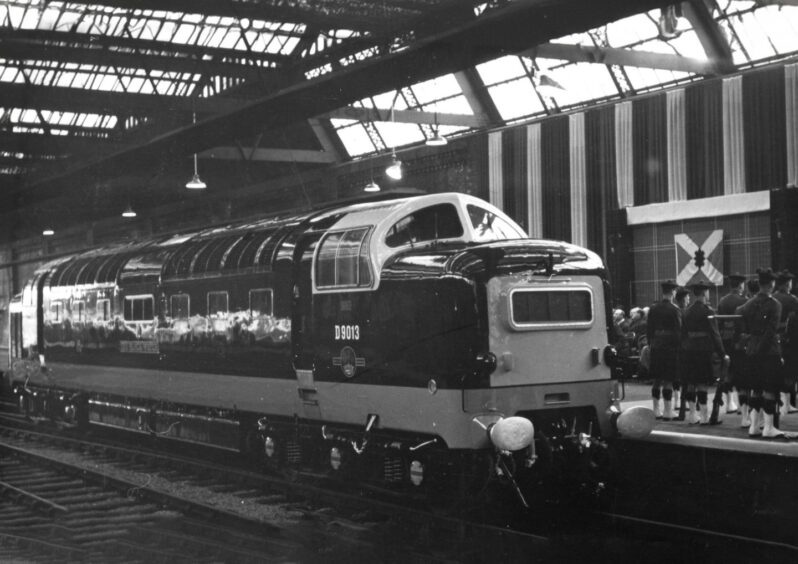
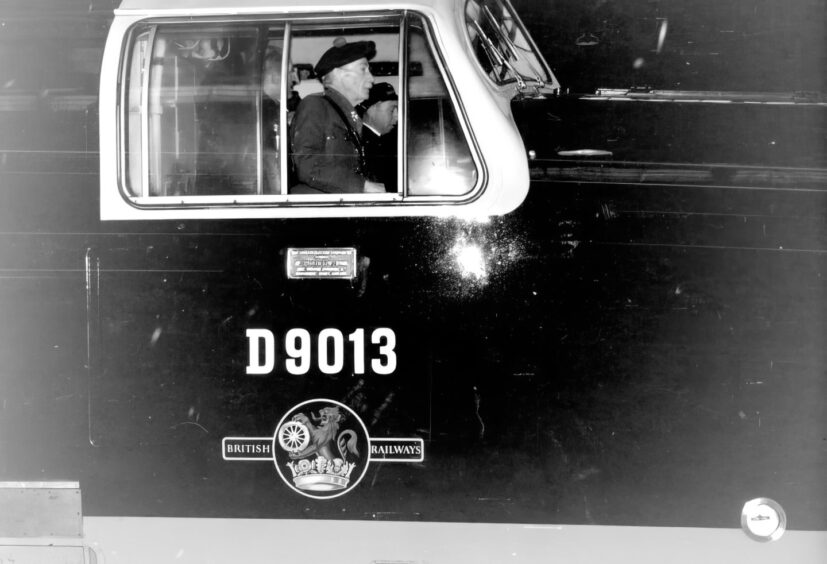
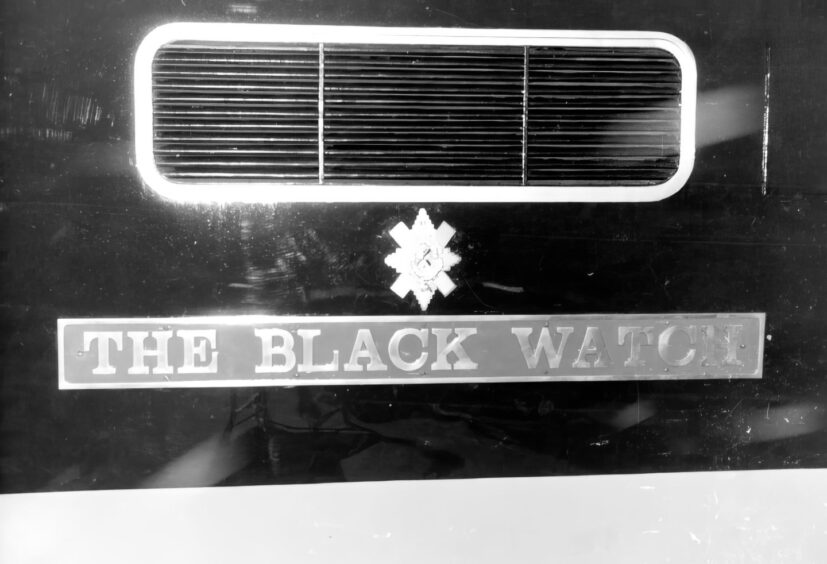
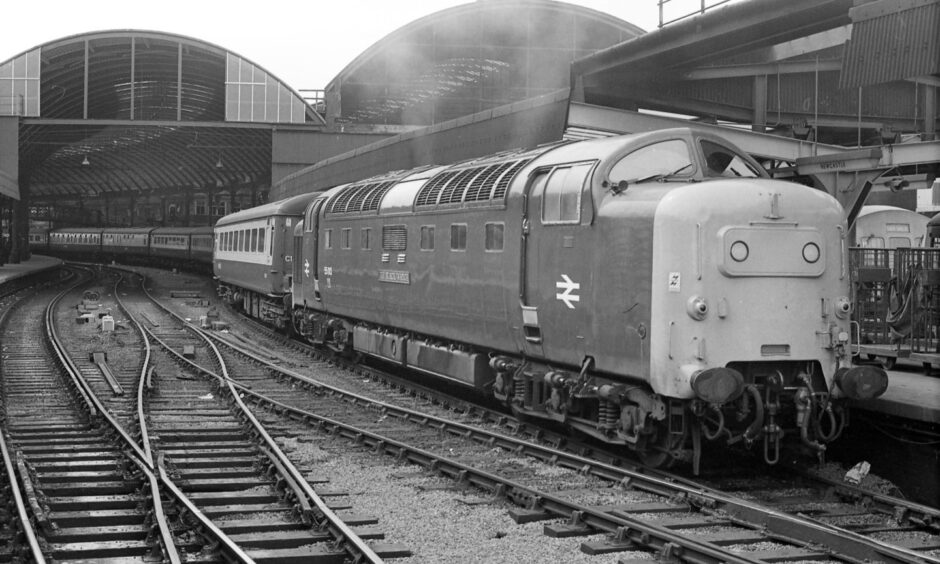
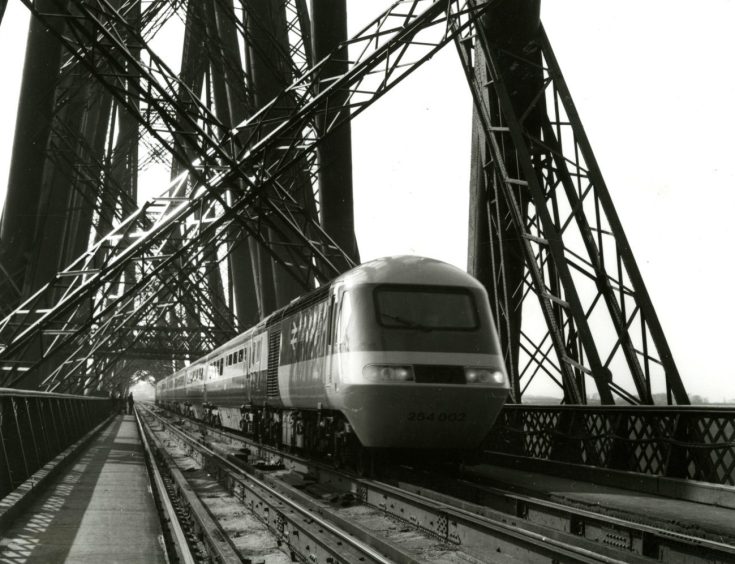
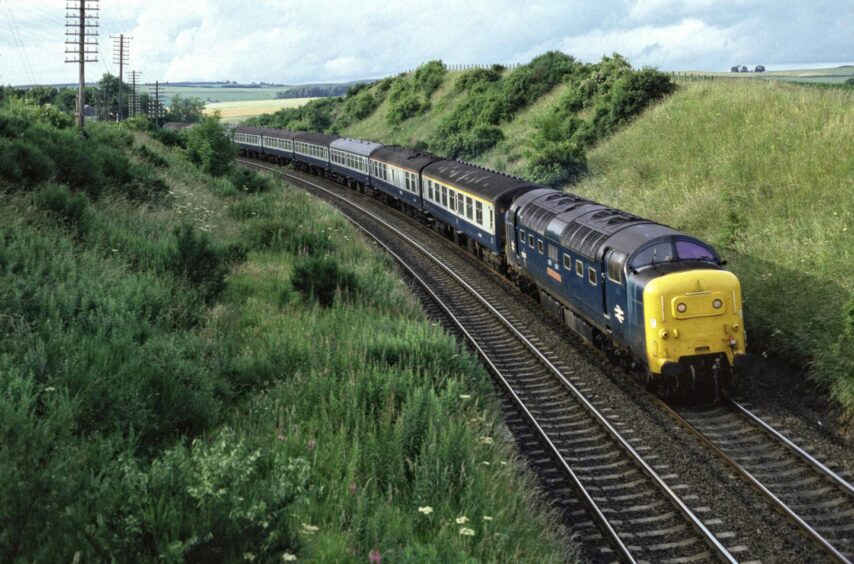
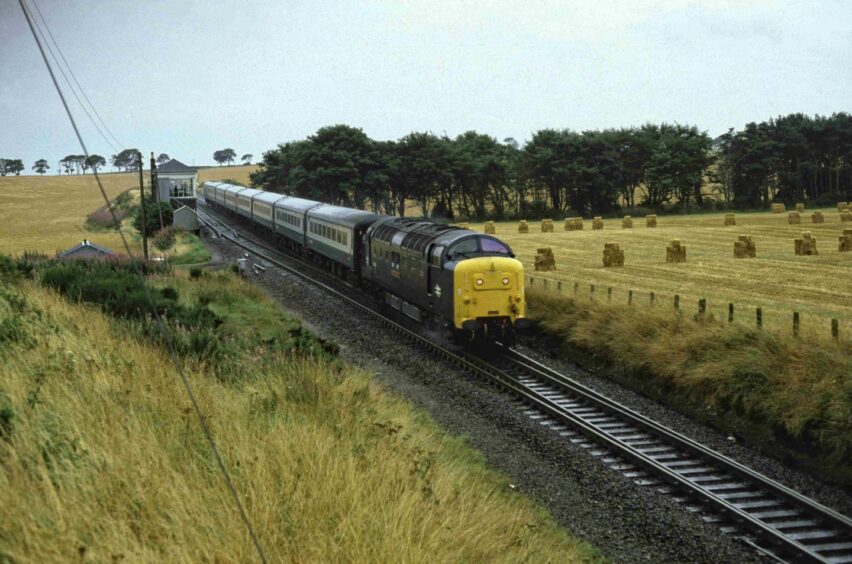
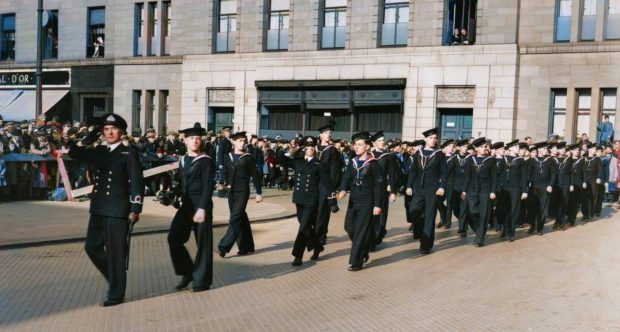
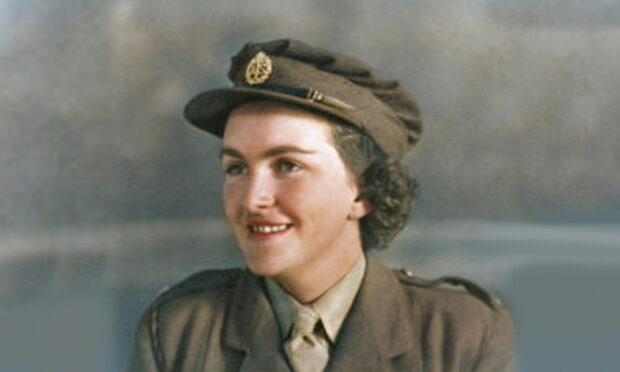
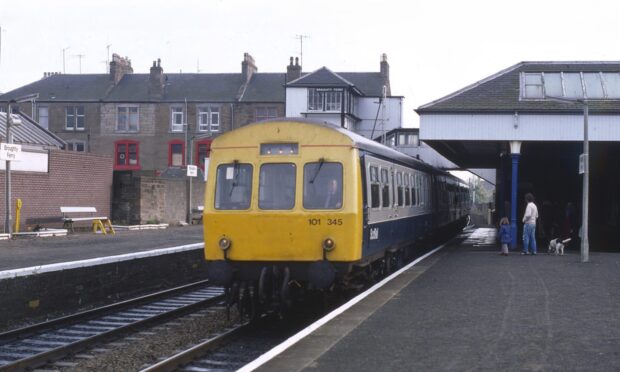
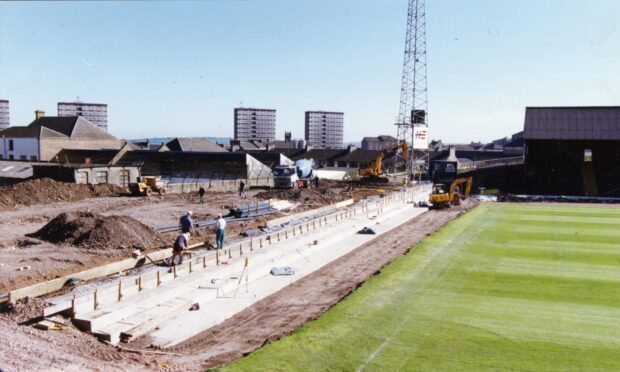
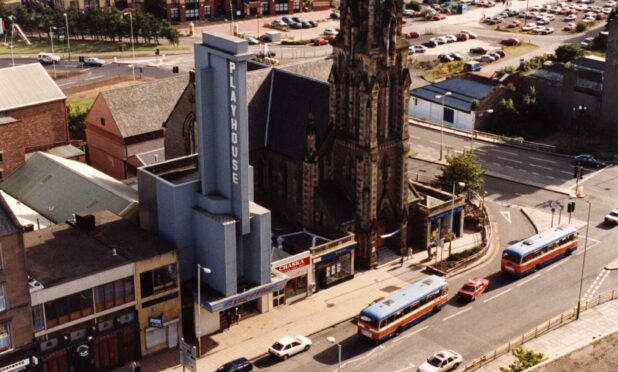
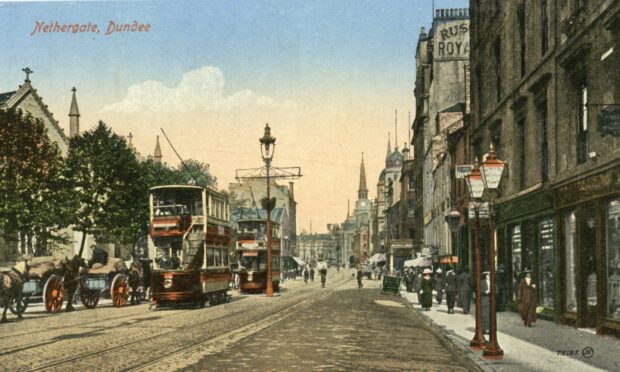
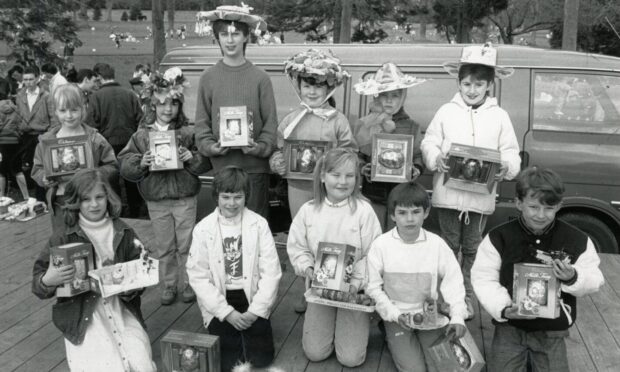

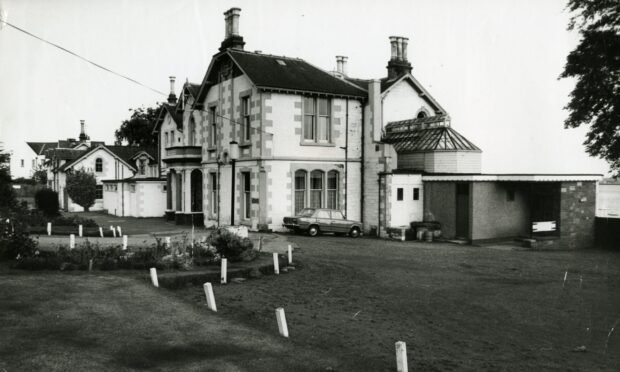
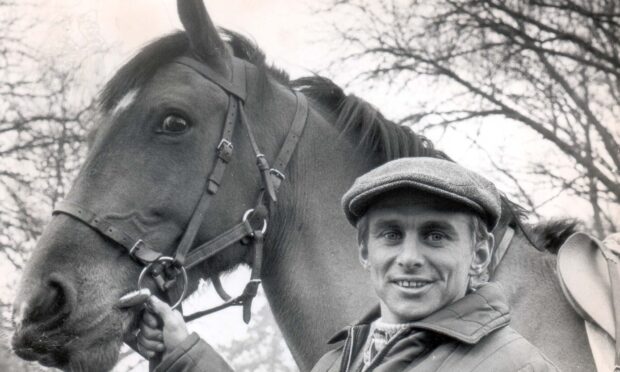
Conversation